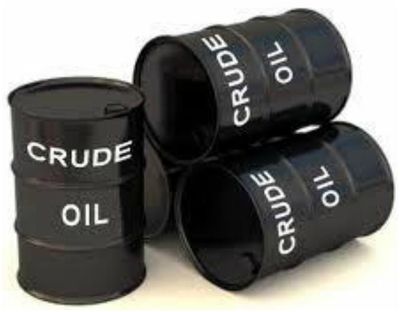The Lube Guys (Pty) Ltd
How are Lubricats Manufactured

Our Aim
The quality of our range of Lubricants leaving the refinery or blending plant is closely monitored and controlled. Stringent care is taken in manufacture, in packaging and in transportation to ensure that the products are free from contaminants, and fully meet or Exceed their stated specifications. However, once the lubricants leave the care of our principals or Multilube, their continuing fitness for use may depend on the quality of subsequent storage or handling procedures. This presentation sets out some guidelines for maintaining lubricants in the good, clean conditions essential for effective service.
The lubricants store
Ideally lubricants should be stored under cover of a reasonably constant, moderate temperature. The lubricants store should be kept dry at all times, to prevent the corrosion of containers which would occur in damp conditions, the store should be sited so as to provide:
- Good access for delivery vehicles
- Clean dust free conditions for unsealing and dispensing
- Easy distribution to the principal points of use
- Simple inventory control, and at-a-glance check on the conditions of containers
- Space for empty barrels and returnable containers
- Well ventilated
- Lubricants should be stored of the ground on racks
- Equipment storage cupboard or shelf
Please note: Food Grade and Non Food Grade lubricants and equipment should be stored separately. (not on the same shelf)
Handling
The standard packaging is designed strong, but is readily damaged by bad handling. The barrels/pails must never be dropped when being unloaded or moved. The impact can burst the seams, causing subsequent leaking or contamination of the contents.
Lubrication Equipment
You might require the following lubrication Equipment:
Grease Gun
Grease Gun filler bucket pump
Lubricant bucket pump
Oil Safe equipment
Good Storekeeping
New packages should be wiped clean around the bungs, the labelling checked, and any marked variation from the product's normal colour, smell or consistency reported. If there is any reason to doubt the good condition of a lubricant, the tank or packages concerned should be quarantined to isolate the problem and your Multilube Area Manager consulted for specialized advice. Lubricants must only be dispensed from clean, dedicated containers. Never be tempted to use ad-hoc oil measures. Covered receptacles should be provided for clean lint-free wipers and for dirty wipers. A drip tray should be positioned beneath each barrel tap. Split oil can cause accidents and should be cleaned up without delay. Sawdust is effective, but represents a fire hazard and should be removed as soon as it becomes oily. Crystalline materials are available as a substitute for sawdust, but leave gritty debris on the floor which, while usefully anti-slip, may provide a source of contamination. Measuring cans with easy pour spouts allow the issue of oil to be recorded. Records should be accurate and complete, with the full type and grade of each lubricant noted. Abnormalities in the amounts of a particular lubricant issued should be investigated. Grease guns should be filled cleanly and carefully, for grease acts as an abrasive when mixed with grease or dirt. When empty, lubricant containers should have their bungs or lids securely replaced to prevent contamination. Never re-use empty lubricants packages. Cases have been known of waste oil, other lubricants, chemicals, fuels and even water being stored in empty lubricants packages and being inadvertently used in place of the service lubricant. Results can be dangerous, and sometimes catastrophic.
Fire Precautions
Packaged lubricating oil and grease does not represent a serious fire hazard. However, most lubricants have the potential for combustion and explosion in certain circumstances. The hazard is related to the flash point of the product. Lubricants with a flash point less than 55°C should be stored in closed containers away from heat in a well ventilated place. When the product is used in an open tank, the latter should be well hooded, well ventilated, and earthed to prevent static sparks. When not in use, the tank should be tightly covered. Products witha flash point of 55°C or greater require no special fire precautions, but should be stored away from heat whenever possible. Lubricating oil is potentially dangerous in conjunction with more Flammable materials. Oil-soaked sawdust, rags or cleaning paper must not be allowed to accumulate. If soaked with fatty oils they can ignite simply by, for example, coming into contact with a high temperature steam pipe. Oil stores must be equipped with CO2, dry chemical or foam type extinguishers, and with sand filled fire buckets. Water should not be used for suppressing fires, as the burning lubricant may float on the surface and spread the fire. The lubricants store should be designated a 'No Smoking' area.
Click here for more Product Details from
The Lube Guys (Pty) Ltd...